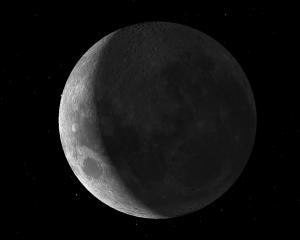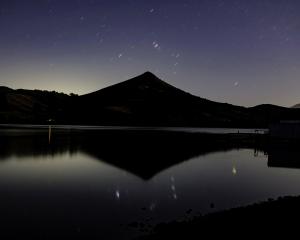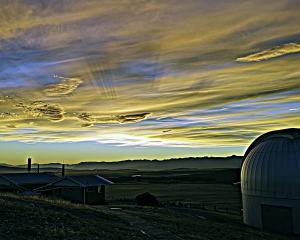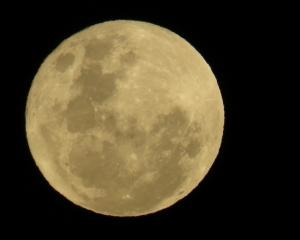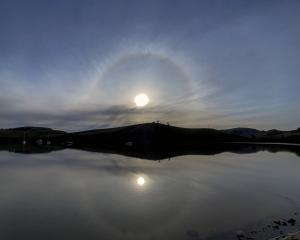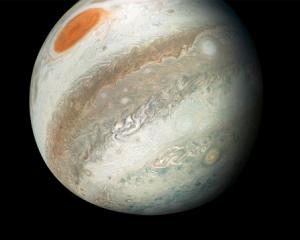The moon is full next Sunday evening (February 9). It will be located in the constellation of Leo, the Lion.
On Sunday, the moon rises in the northeastern sky just after 9.15pm. The ascending moon in a steadily darkening sky against the backdrop of our region’s stunning landscape offers terrific opportunities for budding astrophotographers.
If you are keen to get a lunar shot, find yourself a spot with an unobstructed view of the horizon. Grab a tripod and longish lens and make sure to be in position well before the moon clears the horizon.
While moonrise on Sunday will be pretty, I would also like to encourage you to check out the moon the previous evening.
Our closest celestial neighbour will be located in a fascinating region of the constellation Cancer, the Crab.
During Saturday night and into Sunday morning, the moon will pass very close to the white star Gamma Cancri, which is the constellation’s third-brightest star. This is, of course, a line-of-sight effect; the star’s light has taken more than 180 years to traverse the cosmic void to reach your eyes. In contrast, the light of the moon has taken a little over a second.
Although the sky will be relatively bright, if you have a pair of binoculars handy, there is a rather beautiful object that is well worth tracking down. Scan up from the moon. Roughly two lunar diameters away, you will encounter a marvellous swarm of stars. This is Praesepe (a Latin word meaning manger). According to ancient storytellers, this manger contained hay, which was food for Asselus Australis (the Southern Donkey) and Asselus Borealis (the Northern Donkey).
More recently, amateur astronomers have preferred to call Praesepe “the Beehive”. This is because when observed through binoculars, it is possible to imagine the cluster’s twinkling stars as a cloud of hard-working bees.
Astronomers tell us that Praesepe is a gravitationally bound cluster of more than one thousand stars. It is a little under 600 light years away from Earth. This means that the light you see when studying this fascinating cluster began its journey around the year 1420.
-By Ian Griffin




